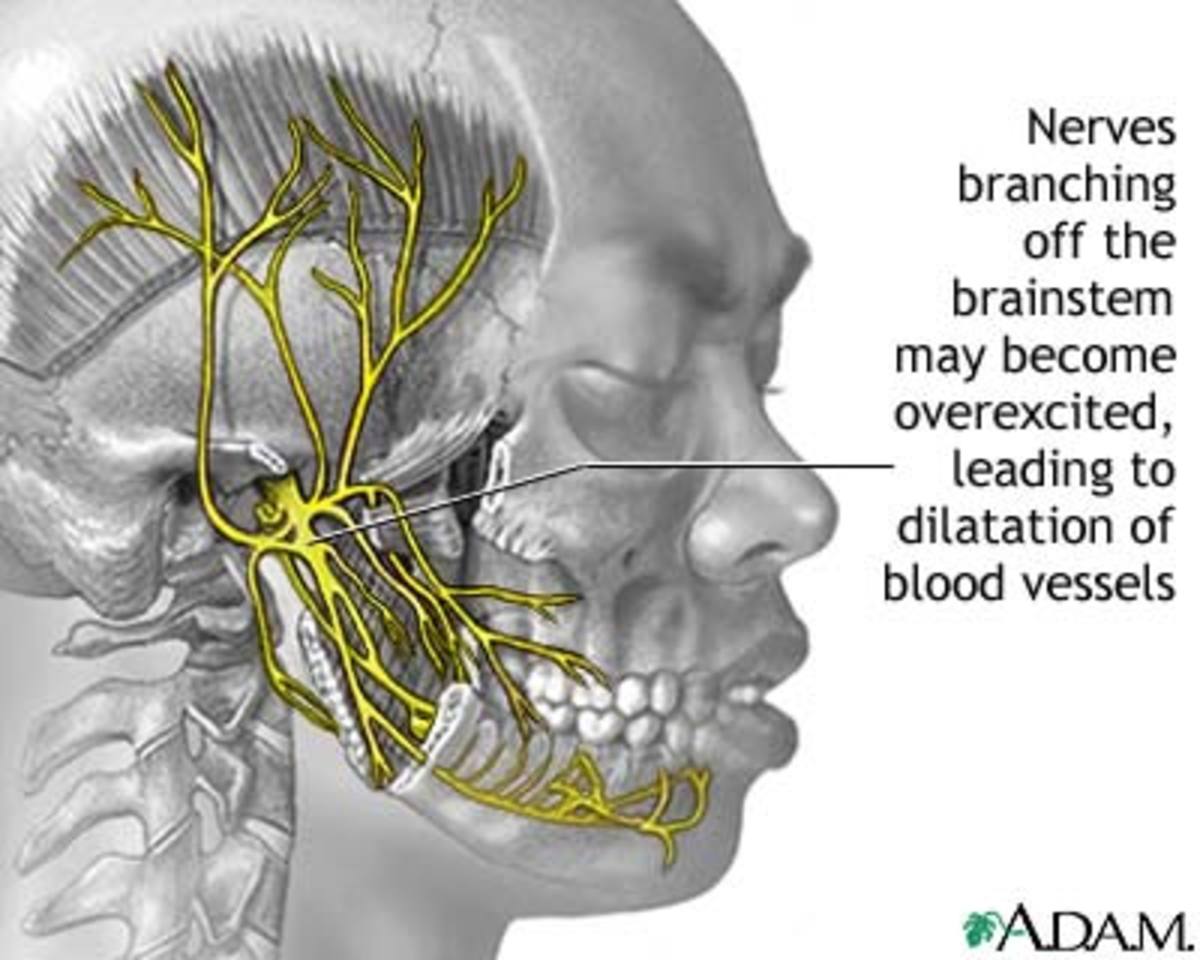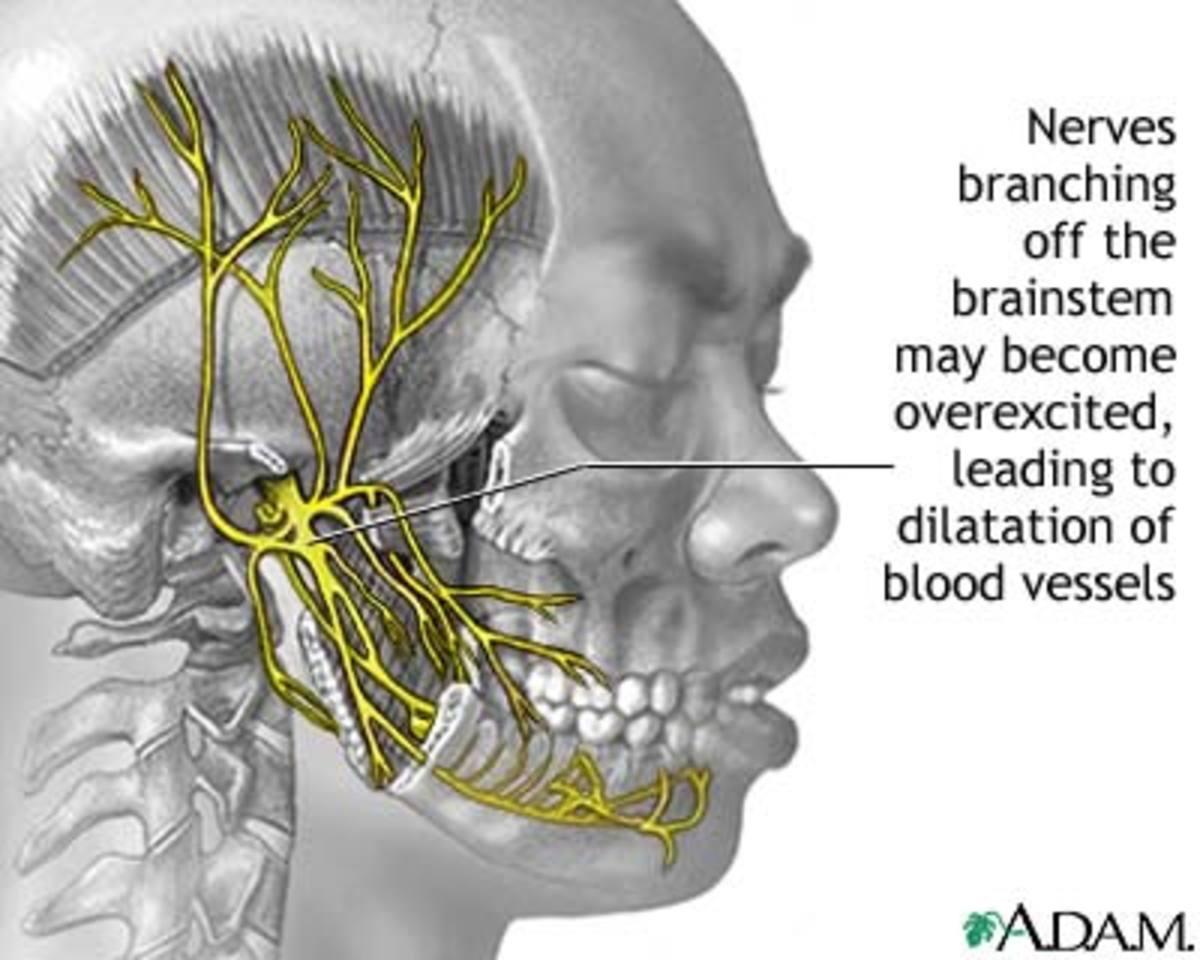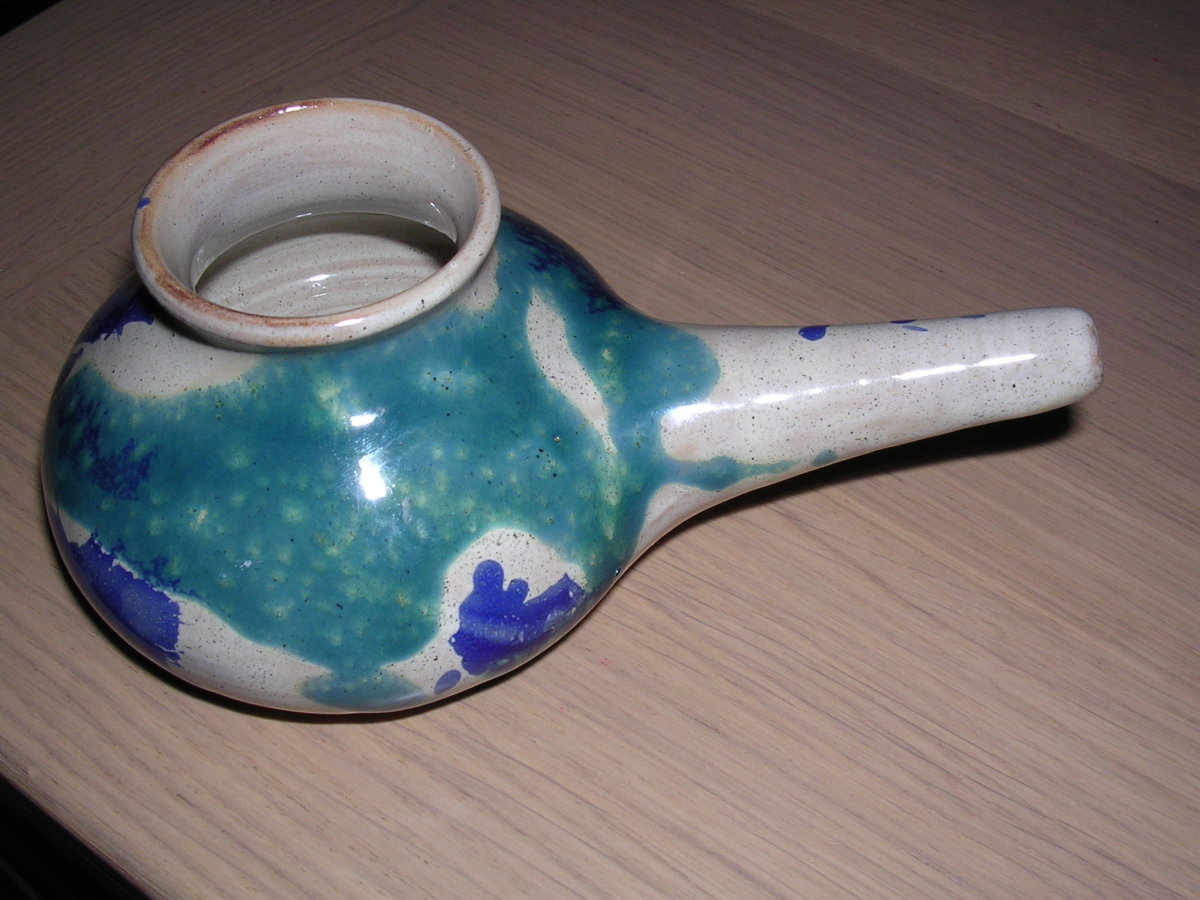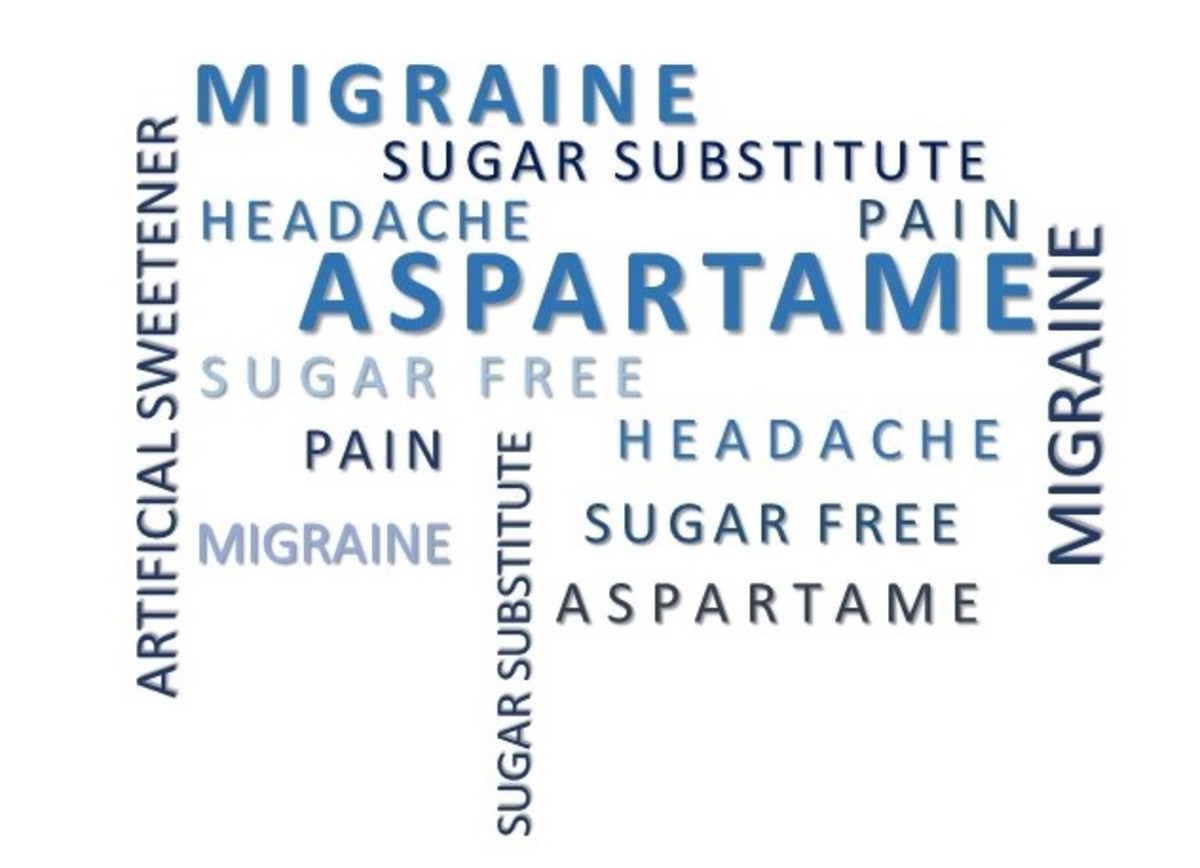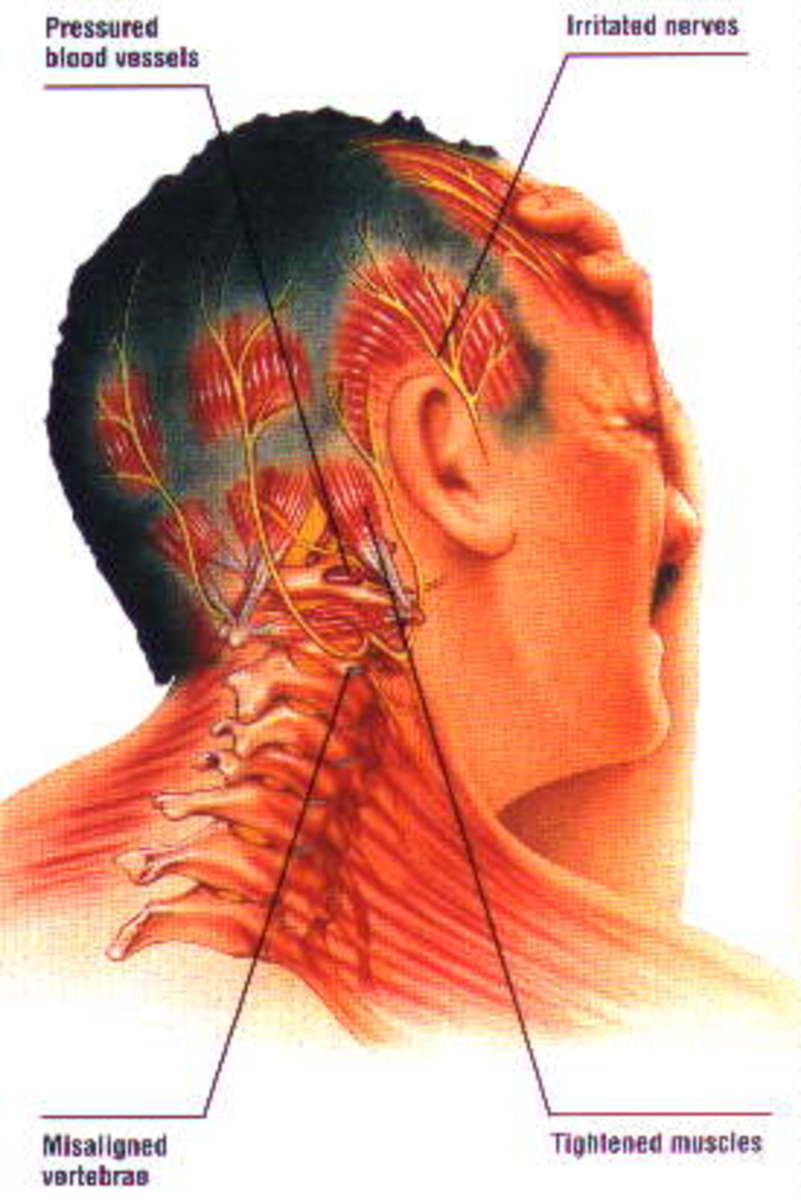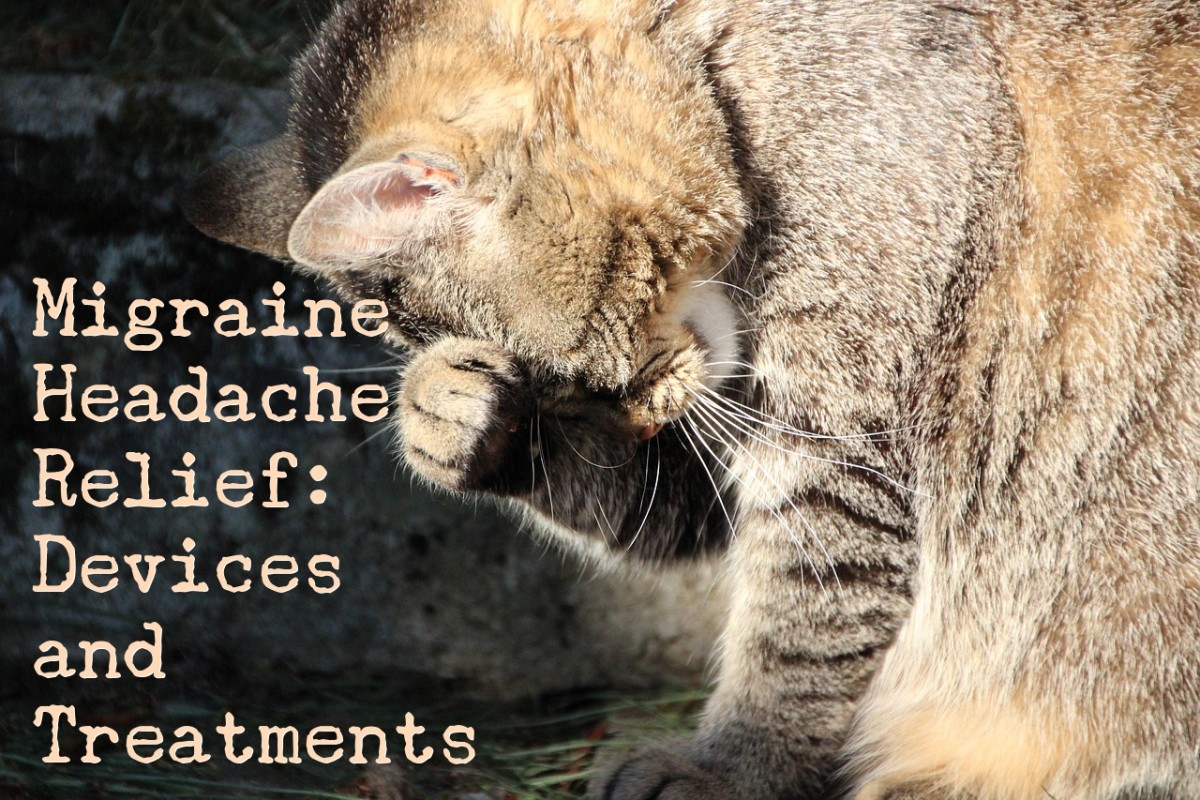Migraine Headaches and How You Can Help Yourself If You Have Them
Introduction
Anyone suffering from migraine headaches does not need to read a description of migraine symptoms. But for the benefit of those who are lucky enough to not have this problem, it is necessary to say that a migraine headache is characterized by severe pulsing and throbbing at one spot in your head. The headache is usually accompanied by nausea, vomiting and sensitivity to light and sound. If you get migraine headaches, it is probably due to hereditary factors. According to the Mayo Clinic, 90% of people subject to migraine attacks come from families in which one or both parents had migraine headaches. In addition, migraines are three times more prevalent among women than they are in men.

Acupuncture and Herbs for Migraine
Complementary and Alternative Medicine
Certain Complementary and Alternative Medicine treatments may be appropriate for people with migraine headaches. According to the Mayo Clinic, clinical evidence has shown that acupuncture can help those who have headache pain. It is important to keep in mind, however, that any practitioner of acupuncture that you choose should use only sterilized needles to minimize the chance of transmitting diseases such as hepatitis C.
Massage and chiropractic treatments may be effective at lowering the frequency of migraine attacks. These treatments have the added benefit of improving the quality of your sleep, and better sleep usually means fewer migraines.
Butterbur is a perennial herb that is native to Europe, and grows in damp, swampy lands, in humid forests and along the side of streams and rivers. There is clinical evidence that butterbur may be effective in the prevention of migraine headaches. In the March 2004 issue of "European Neurology," researchers reported the first placebo-controlled clinical trial of the use of butterbur root extract for the prevention of migraine headache. In the trial, 33 patients were give two, 25 mg capsules of butterbur twice a day, and 27 patients were given a placebo. After three months, migraine attack frequency per month decreased from an average of 3.4 to 1.8 in the butterbur group. In the placebo group, the attack frequency per month went from 2.9 to 2.6, a statistically insignificant decrease. In addition, butterbur was well tolerated, and 45% of patients in the butterbur group responded. In the placebo group, the response rate was only 15%. It is important to point out that those people considering the use of butterbur as a migraine treatment should first consult with their doctor. Also, according to WebMD, you should use buttebur extract standardized to 15% petasin and isopetasin which are the active ingredients; and the butterbur should be free of chemicals called pyrrolizidine alkaloids which may cause damage to your liver.
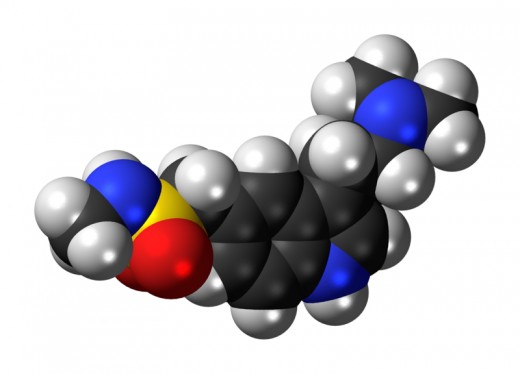
Treximet, A Medication That Can Help
Approved by the U.S. Food and Drug Administration in April 2008, TreximetTM is a combination drug consisting of sumatriptan and naproxen sodium. Sumatriptan is a member of the triptan family of migraine drugs, and it was first approved by the FDA in December 1992. It activates a receptor that causes certain cranial arteries to constrict, and scientists believe that this action is part of the mechanism by which it alleviates migraine pain. Naproxen sodium is one of the non-steroidal anti-inflammatory drugs (NSAIDs), and it works by reducing the level of certain hormones responsible for pain and inflammation. Together, these drugs are a very effective combination for the relief of migraine headache. Treximet can only treat a migraine headache after it begins--it can't prevent migraines or decrease the number of migraines you get. The Drugs.com website published patient reviews of Treximet obtained between July 12, 2008, and January 19, 2012. In these reviews, 46 of 54 migraine patients (85%) gave the drug a rating of 9 or 10 on a scale of 1 to 10. In two clinical trials conducted on Treximet before it came onto the market, Treximet was more effective for the relief of migraine pain than either sumatriptan or naproxen sodium alone. In one study, for example, 65% of patients reported that within two hours after taking Treximet, their pain went from moderate or severe to mild or none. In contrast, only 55% of the sumatriptan patients in the study reported mild or no pain after two hours and only 44% of the naproxen sodium patients had mild or no pain.
Treximet is generally well tolerated, but there are some side effects that need to be mentioned. The most common of these are dizziness, drowsiness, pricking or tingling sensation on the skin, nausea, dry mouth, chest discomfort or chest pain and pain, tightness or pressure in the neck, throat or jaw.
The FDA-approved "Medication Guide" for Treximet gives the following warnings concerning the use of Treximet: 1. Treximet may increase your chance of having a heart attack or stroke, 2. Treximet can cause ulcers and bleeding in the stomach and intestines at any time during treatment, and 3. Treximet is not recommended for people with risk factors for heart disease unless an examination of their heart shows that there are no problems. Some risk factors for heart disease include high blood pressure, high cholesterol and family history of heart disease. Your doctor is best suited to advise you as to whether or not Treximet is appropriate for you.
Disclaimer
This hub has been written for the sole purpose of providing information to the reader. It is not intended to be a source of any kind of medical advice or instruction, and it should not be used in the diagnosis of any illness, disease or condition. You should consult your doctor if you have questions about a specific medical problem.

